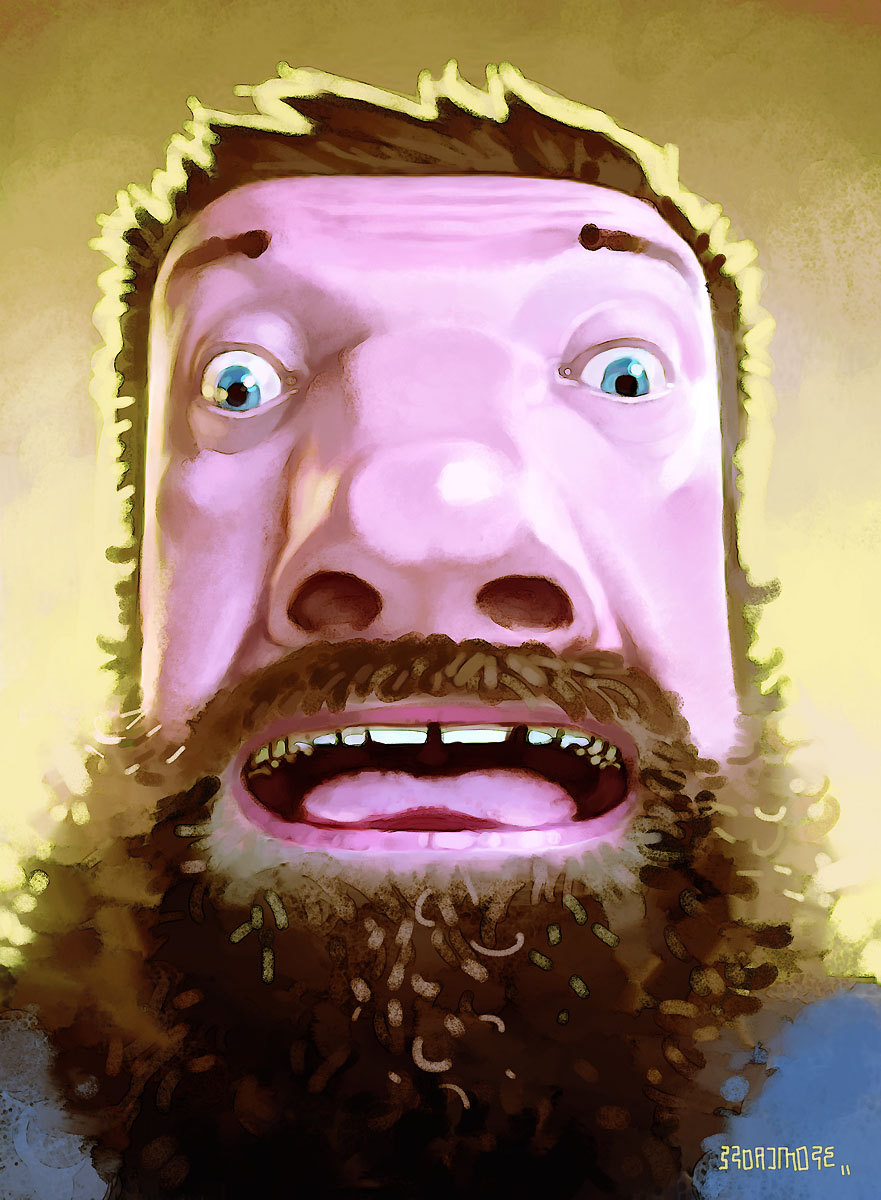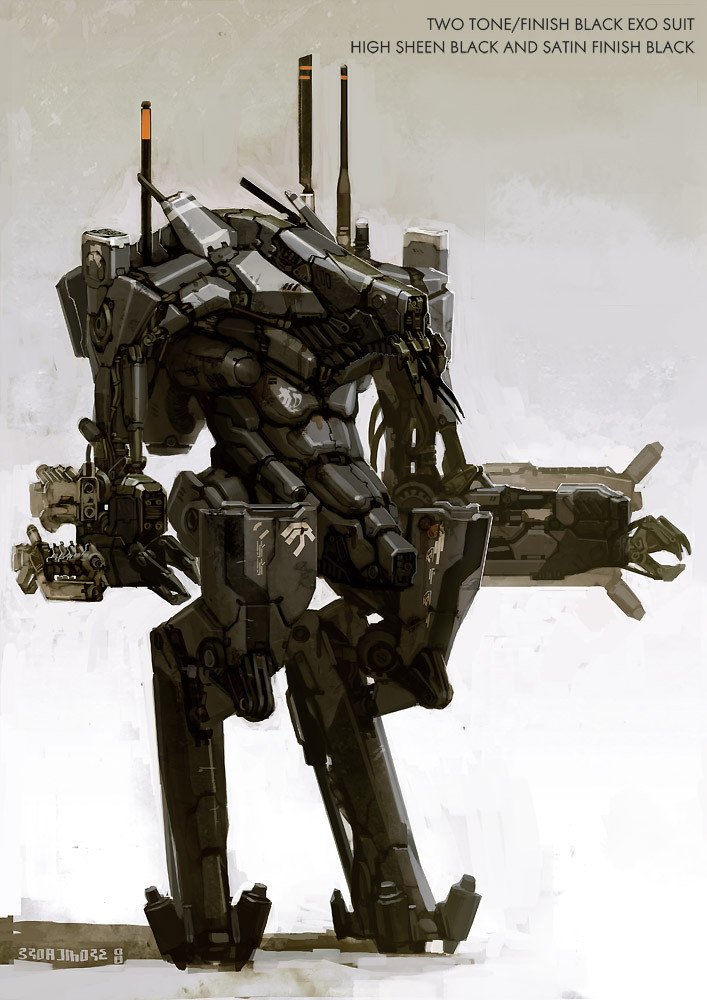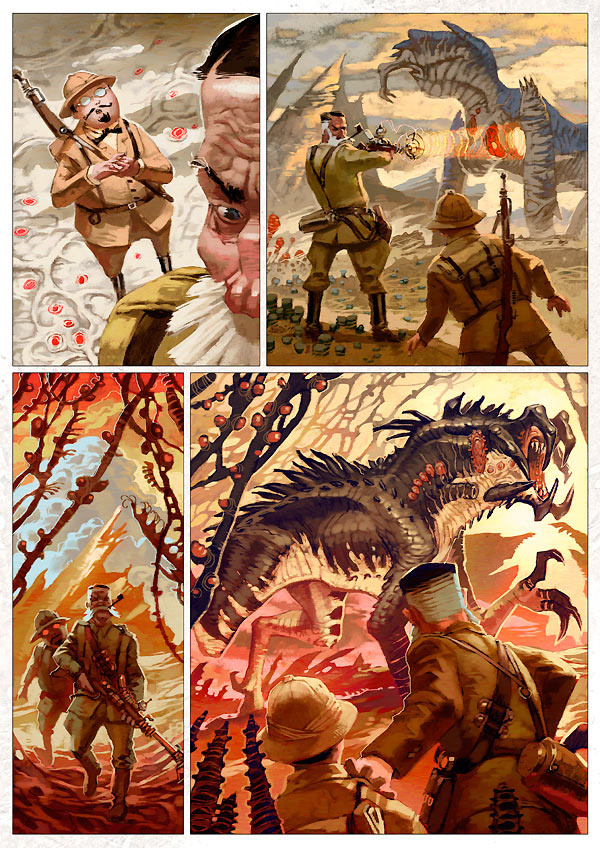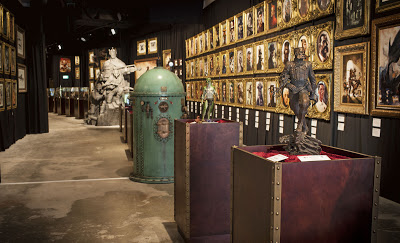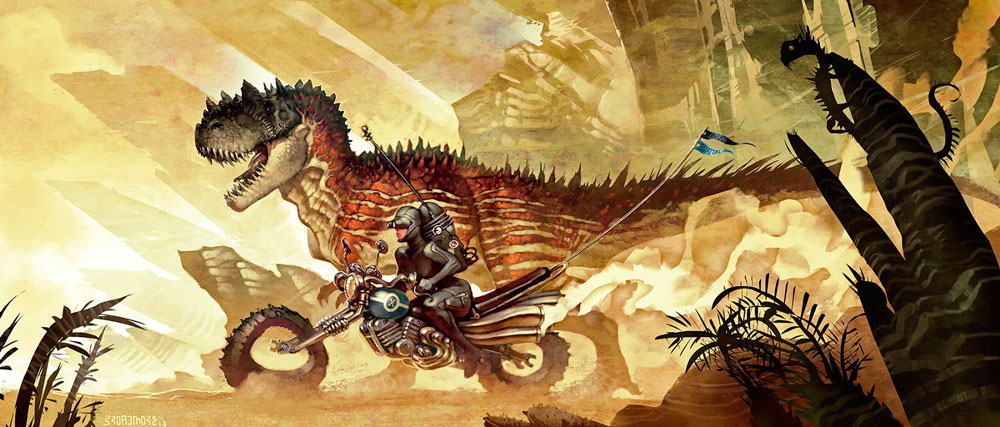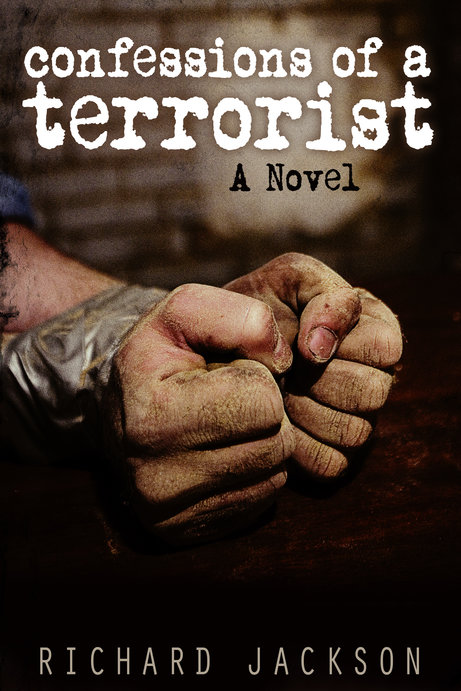 Last week I suggested the upcoming novel from writer Richard Jackson, Confessions of a Terrorist. He was delighted to have his novel mentioned by Wellington City Libraries and offered us the chance to interview him about his new book and the topic of terrorism. Jackson is a Professor of Peace Studies at Otago University; he has written extensively on terrorism – journal articles, academic books and chapters. Jackson also edits a journal on terrorism, Critical studies on Terrorism, and maintains his own blog on the subject.
Last week I suggested the upcoming novel from writer Richard Jackson, Confessions of a Terrorist. He was delighted to have his novel mentioned by Wellington City Libraries and offered us the chance to interview him about his new book and the topic of terrorism. Jackson is a Professor of Peace Studies at Otago University; he has written extensively on terrorism – journal articles, academic books and chapters. Jackson also edits a journal on terrorism, Critical studies on Terrorism, and maintains his own blog on the subject.
So how could we say no to the chance to hear more about this exciting book!? Here’s what he had to say.
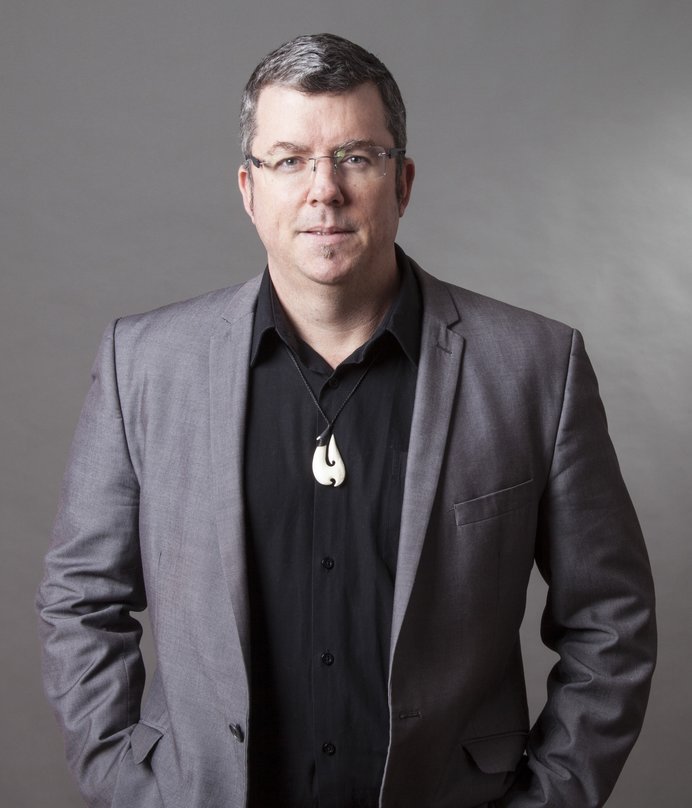 On your blog you talk about wanting to give a glimpse into a terrorist’s mind, to humanise them and present a terrorist as a fully formed person with feelings and ideas. Was this your main motivation for writing a fictional novel about terrorism?
On your blog you talk about wanting to give a glimpse into a terrorist’s mind, to humanise them and present a terrorist as a fully formed person with feelings and ideas. Was this your main motivation for writing a fictional novel about terrorism?
Humanising ‘terrorists’ was definitely one of the main motivations for writing the novel. It is a feature of our current society that ‘terrorists’ have been thoroughly dehumanised and demonised, largely through the medium of politics and culture, including in most contemporary literature about terrorism. The danger of dehumanising any group of people – terrorists, murderers, paedophiles, gang members – is that it frequently results in human rights abuses and the erosion of civil liberties more broadly. The consequence of so thoroughly dehumanising ‘terrorists’ in recent years, for example, has been the spread of torture, rendition, targeted killings, mass surveillance, the erosion of habeas corpus, and other insidious illiberal practices. More prosaically, of course, the dehumanisation of ‘terrorists’ is a misrepresentation of reality and factually incorrect. They are not inhuman creatures; they are flesh and blood and completely human in the way you and I are. I know this in part because I’ve talked to people who were convicted of terrorism and have since been released. I’ve even invited them to speak at my conferences. From one perspective then, my novel is an attempt to address this widespread cultural misperception and break down the stereotypes that have arisen about ‘terrorists’ and their motivations. As I argue in the introduction to the book, I believe that this is a necessary first step towards finding a more productive and positive way of responding to acts of politically motivated violence, one that doesn’t involved sacrificing our social and political values in the process.
Had a story been forming in your mind while you went about your academic career? Were you inspired by the people you encountered through your academic writing?
Actually, it was a very conscious and deliberate decision to write a novel about terrorism at a particular point in my career. I had not considered it before. After publishing eight academic books and dozens of articles, I realised that only a very small academic audience ever read my work and it had very little impact beyond the academy. I also noted that there were too few novels about terrorism that I could honestly recommend to my students as a way of animating them about the subject. I came to believe that writing my own novel might be a more effective way of reaching a wider audience and engaging my students. Once I decided to write the novel, I then had to work out a good story, characters, dialogue and the like. I shared my initial thoughts with people I trusted, and over a number of drafts and a lot of conversations, a story emerged. Of course, I also drew upon my own stories of growing up in Africa, and the stories of people I had met or knew. Novelists are in many ways, story collectors. They pick them up and then try and weave them into a new narrative.
Did you have to do much research?
I’ve been immersed in the subject of terrorism and political violence for more than 15 years, so I had a strong understanding of the subject to begin with. In my role as a lecturer and editor-in-chief of an academic journal on terrorism, I’ve read huge amounts of the academic research on terrorism. In that sense, I believe my novel is rooted in and accurately reflects the current state of terrorism research. I did however, deliberately seek out writings by former militants, as well as articles and interviews where ‘terrorists’ and militants explained their actions in their own words. I wanted to make sure I had the right language and perspective – the nuances of how they speak and think – of individuals who have chosen this path. Many of the words said by The Professor in the novel are actually paraphrased from what I’d heard or read directly from militants themselves.
Did your background in academic writing make the book easier to write?
No, it actually made it more difficult. Academic writing follows a very particular form, which in some ways, is antithetical to writing fiction. At the most basic level, as an academic you’re disciplined into writing in an abstract, authoritative, ‘objective’ manner, bereft of personality or human voice. You’re also taught to employ specialised jargon which fellow scholars in your own field can relate to. I had to leave all these ways of writing behind and try and find a more creative, human voice for the novel. In part, the choice to make the central character a former university professor was a way of trying to bridge these two ways of writing, the academic and the creative. I found it a really challenging and uncomfortable process. I still find the creative voice much harder than the academic voice.
Can you tell us a bit about the unique format of the text? Why did you decide on that?
I chose to write the novel in the form of a secret, redacted transcript for a number of very specific reasons. The simplest reason was that I felt that this particular format allowed the maximum opportunity for the ‘terrorist’ to speak and explain himself. Allowing the ‘terrorist’ to fully explain himself at length – his motives, his beliefs, his story – was one of the primary aims of the novel. In the real world, we are hardly ever allowed to hear a ‘terrorist’ speak at length about themselves. I also chose this format because I felt that it would be a good vehicle for building tension, leaving clues and creating a series of narrative twists. I also wanted to explore whether it would be possible to construct a sense of character, and of physical and social space, through a very stark and bare transcript. Lastly, I wanted the novel to be rooted in the espionage/thriller genre, and the secret world of spies and security agencies. The transcript, modelled on real secret transcripts I’ve seen, aims to give a sense of the secret world which ‘terrorists’ and spies are seen to inhabit.
In terms of writing, were you inspired by any particular novelists?
My favourite novelist about the world of spies and espionage is John Le Carre. He has an eloquence and incisiveness that lifts him above the usual writers in that genre. I also think his novels about the war on terror and the way governments have cynically used the threat of terrorism to justify a multitude of crimes and wrongs have been searing indictments of Western foreign policy. He was clearly very angry with what was going on, and it came out in the series of brilliant deconstructions of the absurd and savage war on terror. While other novelists in this genre have embraced the logic of the war on terror unquestioningly, John Le Carre tore its inverted morality and counterproductive logic to shreds. I am also a fan of Yasmina Khadra, who writes about the conflicts in Algeria, Palestine and Iraq with an insight and authenticity that many Western authors simply haven’t captured.
You also mention on your blog about being frustrated/disappointed with other fictionalised depictions of terrorists. Why is that? Are there any writers/movies etc who deal with the topic you would recommend?
I remain puzzled by the failure of novelists to depict ‘terrorists’ in an authentic manner, although it’s not surprising given the cultural taboo against terrorism today. In a sense, ‘terrorists’ are viewed in the same way that paedophiles are – as a kind of pure evil, inhuman and without any redeeming human qualities. This is the result of years of political speechmaking, movies, television shows, novels and the like depicting them mainly as cruel, inhuman fanatics. As a consequence, it now takes a very brave novelist to consider depicting them in any other way, and particularly in a sympathetic manner. The point is, even a most basic level of research would reveal that terrorists are not evil, inhuman, animal-like. I would have thought that some courageous novelists would have by now made a real effort to understand their subjects as real human beings – done some real research – and then narrated them in more authentic, more human terms. Sadly, because of this state of affairs, we still don’t have anything meaningful on ‘terrorists’ in literary terms. On the other hand, film has been much better at depicting ‘terrorists’ in meaningful and insightful ways. Paradise Now, for example, is a brilliant exploration of two Palestinian suicide bombers in the twenty four hours after they receive word that they have been selected for an operation. It draws out their humanity, their politics, their frailties, and never reduces them to stereotypes or caricatures.
Is the aim of your book to inform the readers? To be thought provoking?
The main aim of the book is to entertain with a thoughtful tale which contains some twists and turns in the plot, and some human observations about two very real characters. At the same time, it is definitely aimed at trying to question and challenge popular understandings of terrorism and counterterrorism. In a sense, I wrote it as a way of communicating through a literary rather than academic form all the knowledge I have gained about terrorism over the years – to a wider audience beyond the university. In my view, most of what the media and society thinks they know about terrorism is incorrect, and not supported by the academic research. The novel, therefore, functions in part as a vehicle for communicating something of what we know academically about terrorism and ‘terrorists’.
Lee Child is incredibly popular author at our library (and everywhere!). His work falls into the military / action genre that’s growing in popularity. Did you want to write something to rival these blockbusters? Or were trying to provide a more thoughtful spin on this genre?
I definitely wanted to write a novel that was broadly in the action/espionage/thriller genre, while at the same time being thoughtful and challenging to the normal format and content of that genre. My initial thought was that I wanted to write something that would appeal to my 18 year old (mostly) male students, so it had to have some action, some twists and a sense of danger. At the same time, I really don’t expect that my novel will rival authors such as Lee Childs, mainly because the novel is intensely political, and very challenging to our dominant cultural understandings. The overall argument it makes is that Western states need to examine their own actions in order to see how and why they provoke people to try and attack them. This is not an easy subject matter; in fact, it is very sensitive. I therefore expect it won’t be that popular in many quarters. A great many politicians will dislike its message, as will some of my fellow terrorism scholars. Certainly, unlike most books in the current action genre, it doesn’t promote the heart-warming message that the strong Western hero always defeats the foreign and traitorous enemies who seek to attack us. From this perspective, my novel is more than a little counter-cultural. I hope it will appeal to people who really want to know what goes through the mind of a terrorist, and who are tired of the war on terror and all the torture, mass surveillance, wars and invasive security measures – and who enjoy a good thriller!
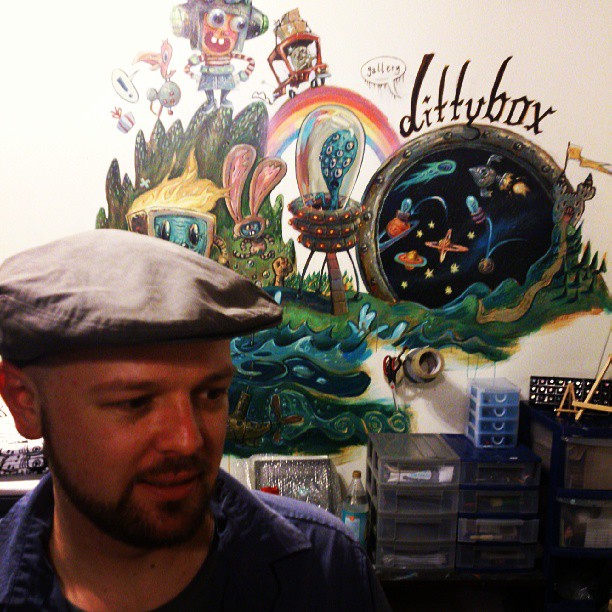
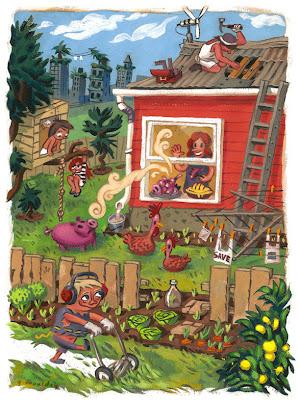
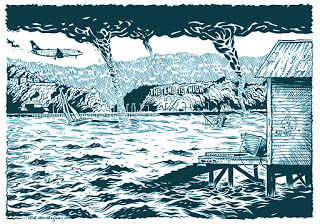
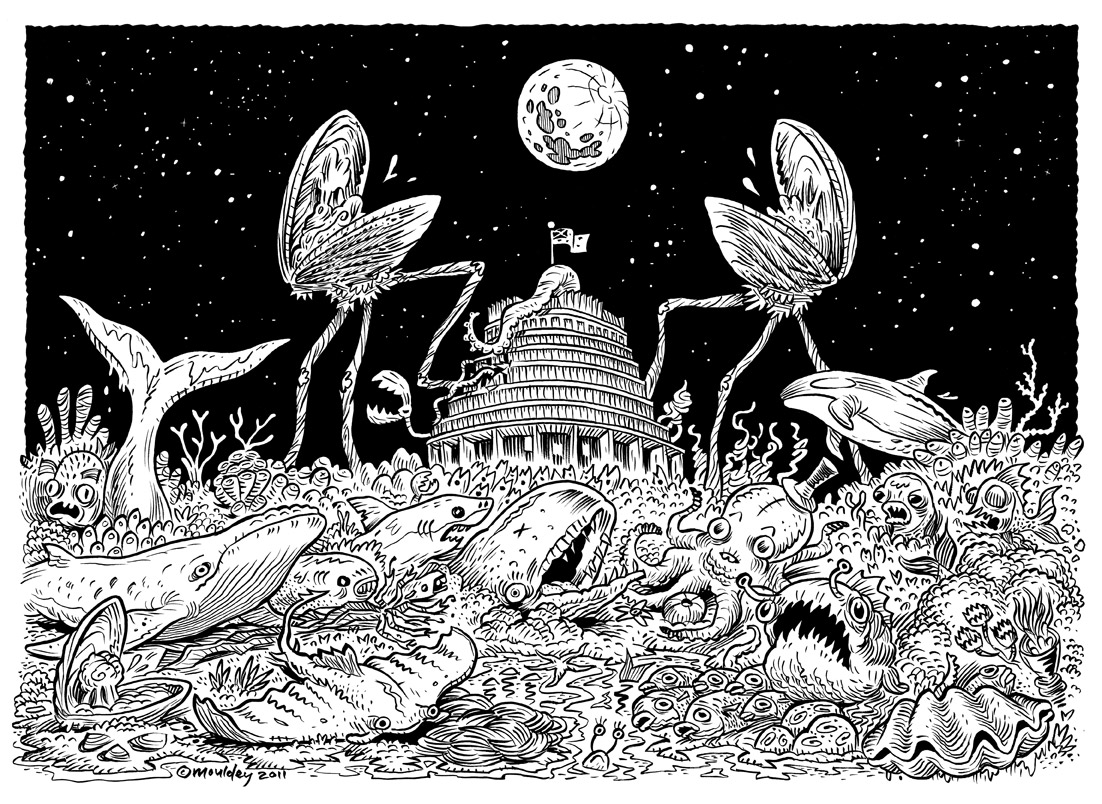


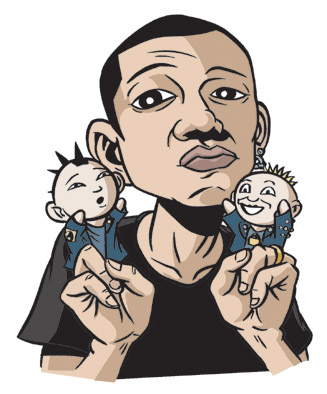
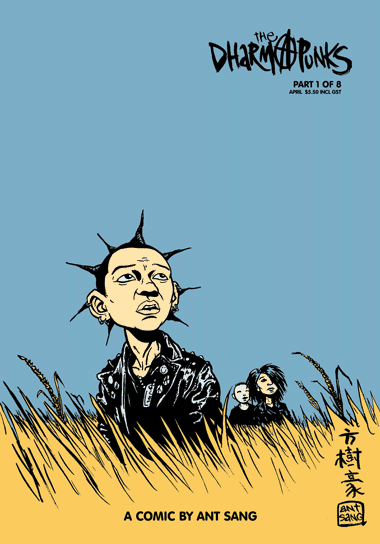
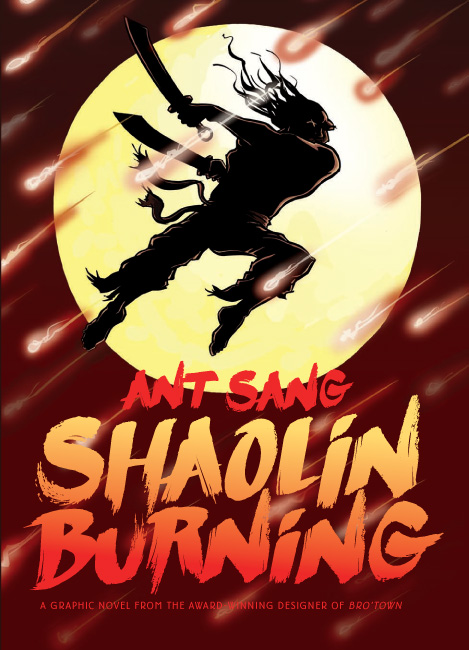
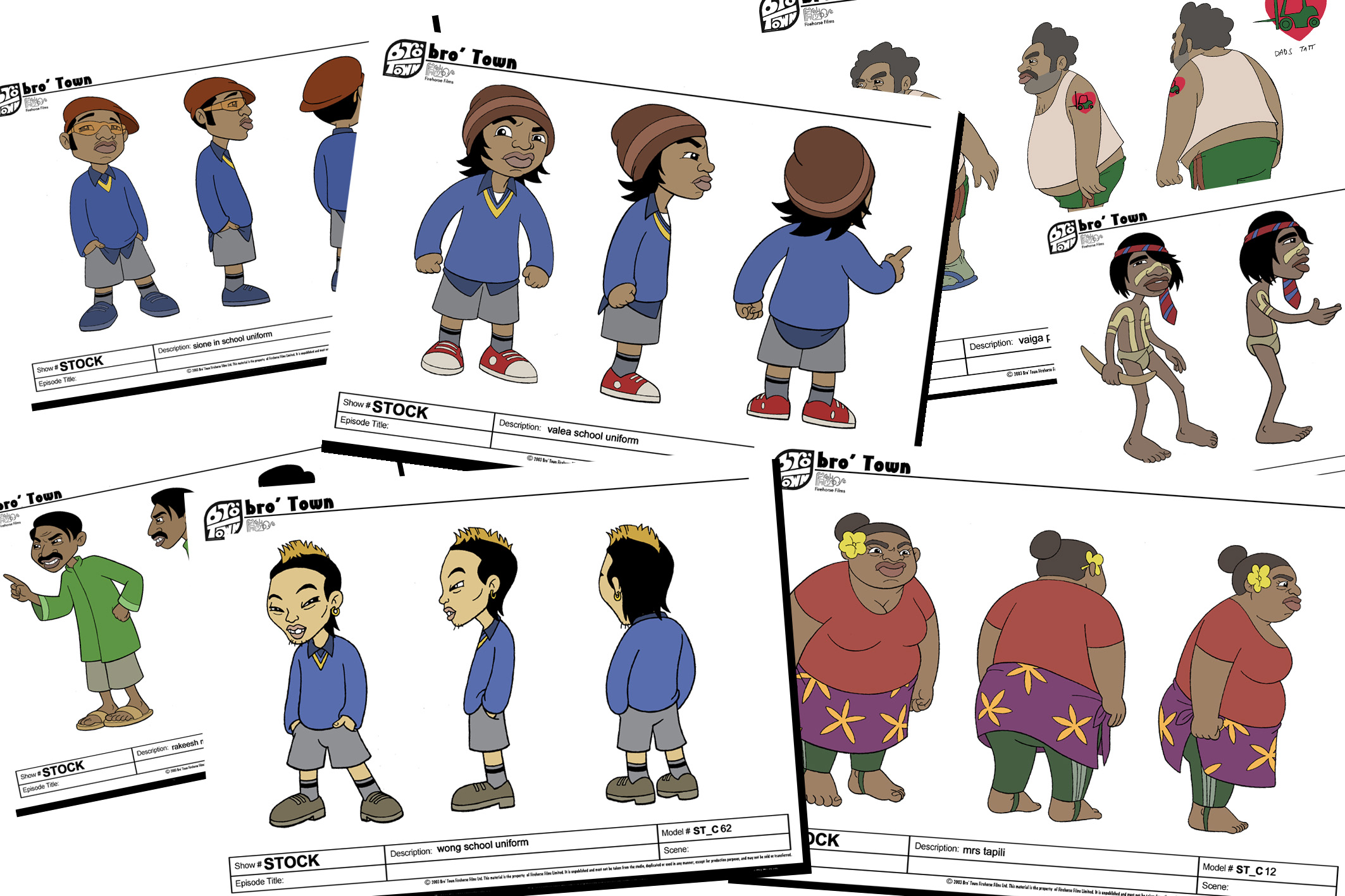
 Last week I suggested the upcoming novel from writer Richard Jackson,
Last week I suggested the upcoming novel from writer Richard Jackson,  On your blog you talk about wanting to give a glimpse into a terrorist’s mind, to humanise them and present a terrorist as a fully formed person with feelings and ideas. Was this your main motivation for writing a fictional novel about terrorism?
On your blog you talk about wanting to give a glimpse into a terrorist’s mind, to humanise them and present a terrorist as a fully formed person with feelings and ideas. Was this your main motivation for writing a fictional novel about terrorism?